In the Norman Castle you can enjoy a view of all of Western Sicily and visit an important place for the history of Italy
In the heart of the Belice valley, at the highest point of the hill where the city of the same name stands, stands the Castle of Salemi, also known as the Norman Castle. Its construction dates back to 1077: the castle was commissioned by Roger I of Sicily who had it built on the pre-existing Greek-Roman fortifications. The first evidence of its existence is found in the “ Libro di Ruggero “, written in 1154 by the Arab-Sicilian geographer Abu Abdallah Muhammad ibn Muhammad ibn Idris, which emphasizes the excellent position of the manor.
What today is a splendid panorama that can be enjoyed from the crenellated terrace (which is still the highest point of the city), with a view that shows a good part of Western Sicily up to the sea, was once a strategic observation point to see enemies and pirates arrive from a long distance and prepare to deploy their defenses.
The inscription I.C.N.C.R.I., found on the architrave of one of the windows of the keep, also dates back to that period, the meaning of which is still a source of debate: “Iesus Christus Nazarenus Crucifixus Rex Iudeorum” (Jesus Christ of Nazareth, crucified, King of the Jews) or “In Ctristi Nomine Comes Rogerius Instruxit” (In the Holy Name, Count Roger instructed). In the twelfth century the castle was remodeled by Frederick II of Swabia.
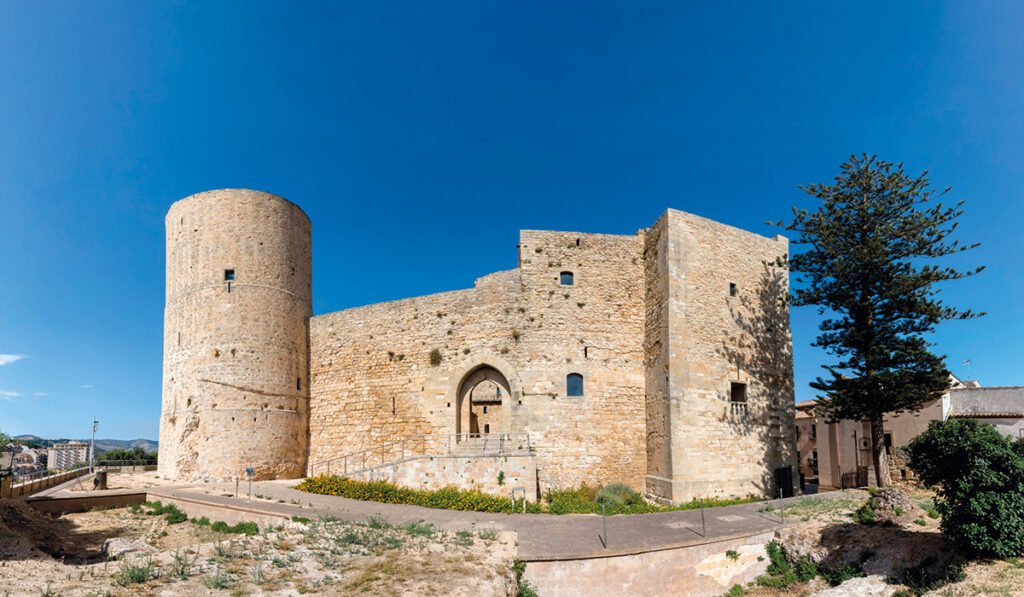
The position of the Castle of Salemi, located on the top of the hill, did not allow the construction of a defensive moat: for this reason, instead of through a drawbridge, the manor could be accessed through a large door surmounted by two pointed arches. The door was closed and barred thanks to a system of pulleys that activated a mighty shutter that ran in a cavity that had been carved between the external and internal part of the portal. Security was also guaranteed by the double walls that surrounded the city and the castle, of which some traces remain.
In addition to the crenellated terrace, the manor has three corner towers (a fourth positioned to the north collapsed, probably, in the seventeenth century), one cylindrical and two square.
The Castle of Salemi has played a fundamental role in Sicilian and Italian history. It was here that in 1441 a confederation was formed that pledged to defend Queen Bianca of Aragon, formed by Salemi, Trapani, Mazara, Partanna, Castelvetrano and Monte San Giuliano. And it was also in the castle, on the round tower, that on May 14, 1860, Giuseppe Garibaldi raised the tricolor flag, proclaiming the city the capital of Italy for a day.
Over the centuries, the manor has changed its intended use several times. From 1789 it became a prison while, starting in 1934, the municipal library was established here until 1968, the year in which the devastating Belice earthquake damaged it to the point of keeping it closed for 35 years. Following restoration and consolidation work arranged by the Sicilian Region, the castle was partially reopened in 2002 and finally in 2010. Today, with its history, its grandeur and its magnificent views, it is one of the most admired castles by visitors and tourists in Sicily. If you want to live and breathe medieval atmospheres, you absolutely must not miss the opportunity to visit the Castle of Salemi.
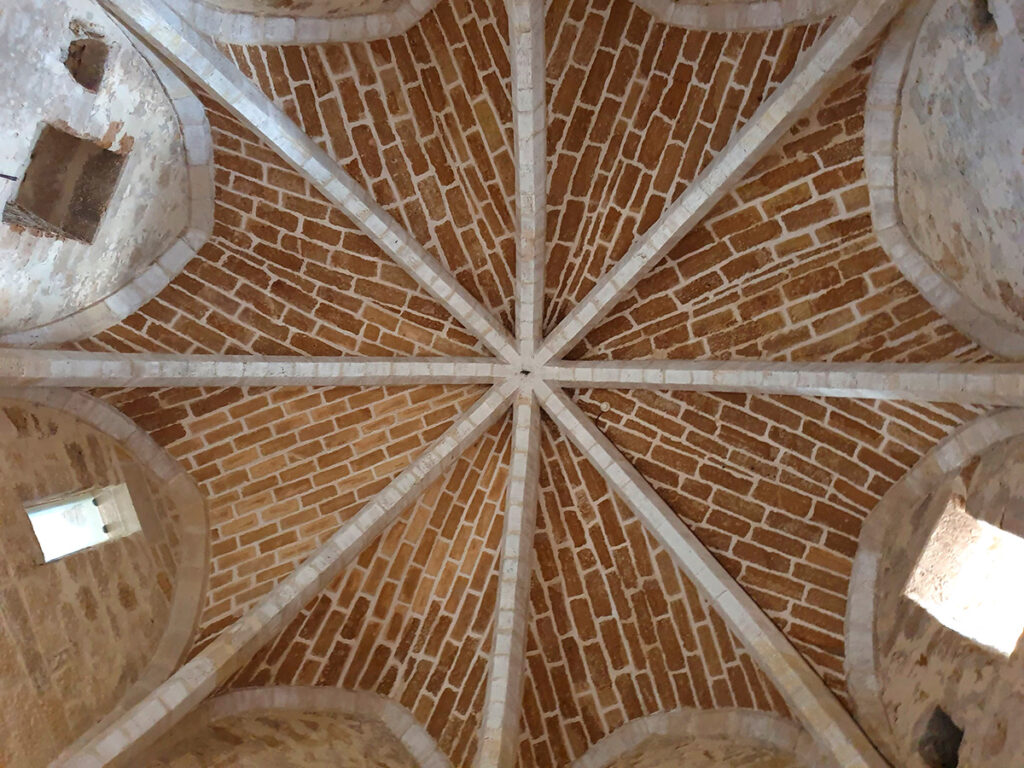

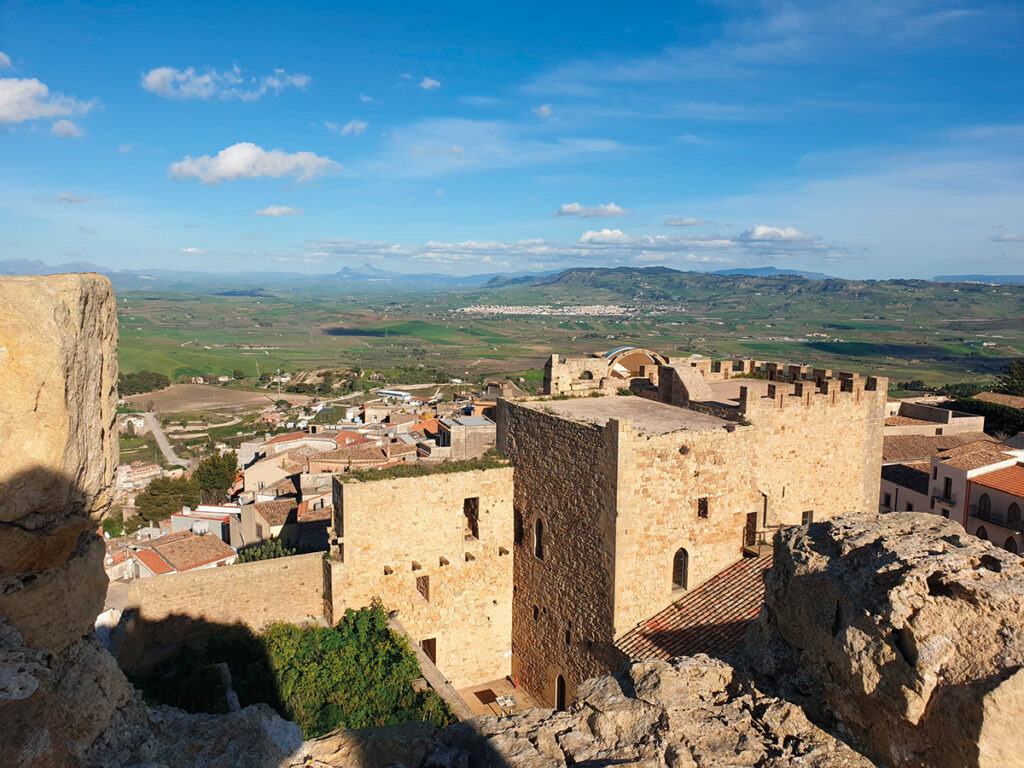
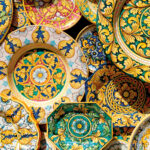
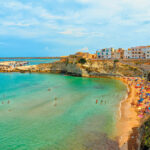
Comments are closed.